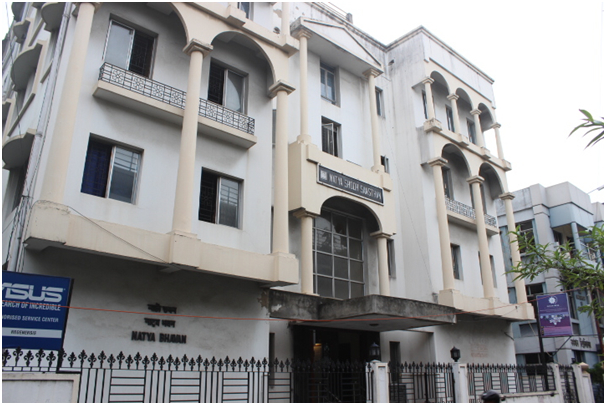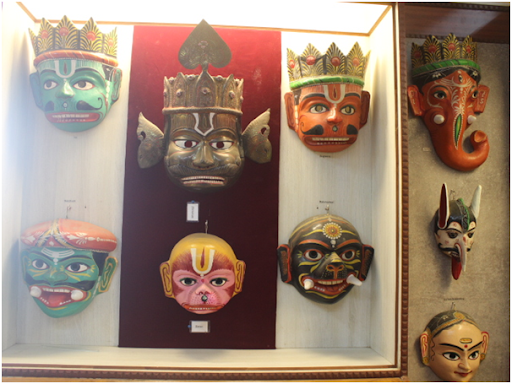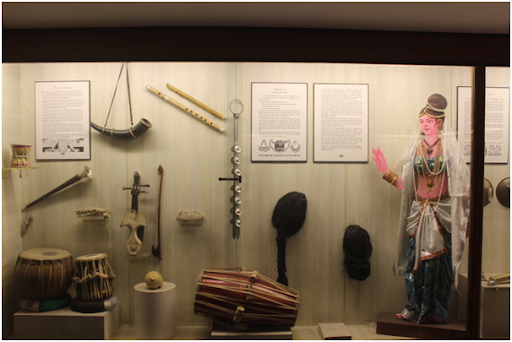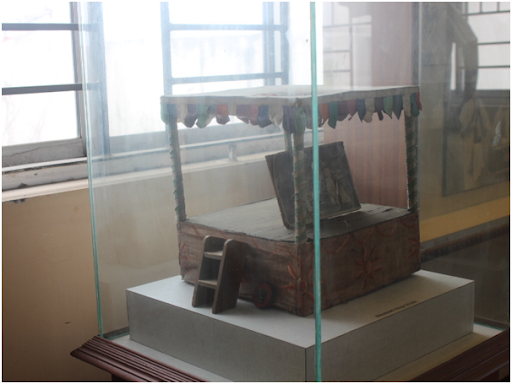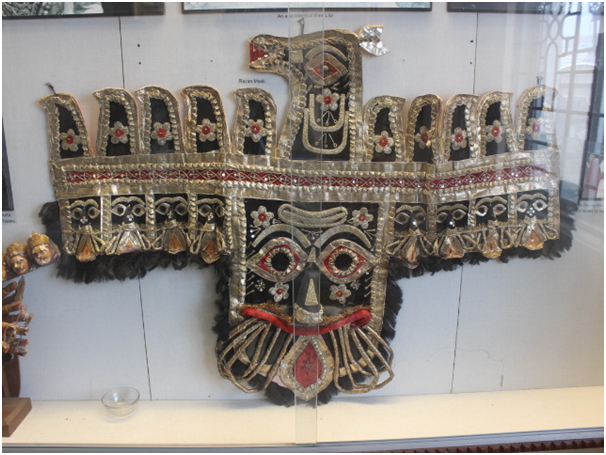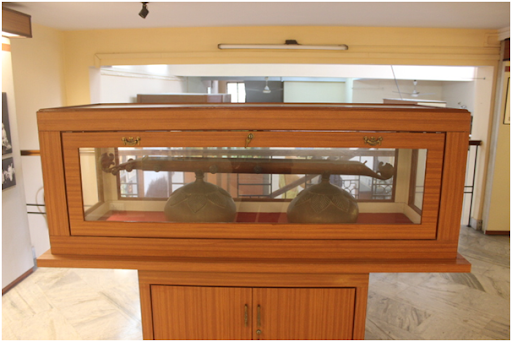Museum Address
EE 8, Sector 2, Salt Lake (Bidhan Nagar).
Email
natyasodhsansthan@gmail.com
Museum website
Not made public yet
Are there any docents or guides who visitors can directly call to book for a guided tour?
Yes
When was the museum established?
2019
Briefly describe the history of the museum, its collection and donors.
The Natya Shodh Sansthan (NSS) in Kolkata is the largest storehouse of archival materials on Indian theatre, and documents its entire history in different languages. The museum grew out of the theatre archive. The NSS slowly started displaying its archival materials to the public, and the museum was officially established in July 2019.
The museum’s collection includes:
• Photographs of rare theatrical performances and personalities, including photographs of Rabindranath Tagore as Valmiki in Valmiki Pratibha (1881)
• Advertising posters of various productions such as Roktokorobi, directed by Shib Mukhopadhyay
• Costumes used by the Bharatendu Natak Mandali in Varanasi between 1920–50
• The set model of the Nautanki stage
• A number of Chau dance masks
• Manuscripts and rare books
• Tickets to shows in Star Theatre from the early 1900s.
• Gramophone records
• Ancient musical instruments like the Rudra veena
The museum is associated with a number of donors and notable individuals, including Sri Sankha Ghosh, Dr Pratibha Agarwal, Sri Pabitra Sarkar, Sri Samik Bandyopadhyay, Lt Khaled Chowdhury, Lt B.D. Sureka and the Ford Foundation.
Workshops/seminars/lectures
Yes
Library and archives services
No
IT facilities ( Photocopying, printing, computer )
No
Conference/ Seminar hall
Yes
Who manages the museum?
Non-profit Organization
Person-in-charge of the museum
Curator
Reference Link
http://www.natyashodh.org/archival-material.htm
What is the average duration to see the museum?
3-4 hours
Is the museum currently closed?
Yes
Image for museum exterior/building
Gallery Images
Image title
Exterior of the museum building
Image title
Front wall with the name of the building.
Image title
The inaugural plaque. The museum was inaugurated by Girish Karnad on December 2, 2006
Image title
The building's inaugural plaque, unveiled by the former chief minister of West Bengal
Image title
Museum building exterior, front view
Image title
Interior of the museum
Image title
Upstairs gallery, Folk Theatre section
Image title
The museum entrance depicting a brief history of the Natya Shodh Sansthan
Image title
An exhibit case containing tiger costumes and stills from local plays in the Sundarban region
Image title
Handbill of the play 'Griha Prabesh' by Rabindranath Tagore
Image title
Exhibit containing stills of mime artists
Image title
Printed tickets for 'Kamale Kamini' at Star Theatre, Kolkata
Image title
A still from 'Balivadham', with actors in traditional Kutiyattam costumes
Image title
Rare manuscripts in the Sanskrit Theatre section of the museum
Image title
Collection of masks used in Jatra (West Bengal)
Image title
Musical instruments, wigs and costumes used in early eighteenth-century Sanskrit theatre
Image title
Set model of the Jatra stage
Image title
Ravan headgear used in Ram Leela performances (Uttar Pradesh)
Image title
A Rudra veena as seen in the Sanskrit Theatre section of the museum
Entry fee information
Rs 10/-
Opening Days
Monday
Tuesday
Wednesday
Thursday
Friday
Saturday
The best time of the day to visit the museum?
From 2 pm to 4 pm.
Interesting things about the Museum
• The museum is arranged chronologically, which helps visitors get a better grasp of the history of theatre in India.
• With library services extended at very nominal rates, it is quite convenient for researchers and invested visitors to look for information in the library and archives. One can also watch documentations of various rare staged productions.
• Replicas of set models and costumes help visitors gain a better understanding of the technicalities associated with theatre in India.
Most uninteresting aspect of the museum
Since it is situated in an IT hub, getting to the museum is a problem. The surroundings are always bustling with people.
Name of Museum Surveyor
Sreyoshi Guha Thakur

